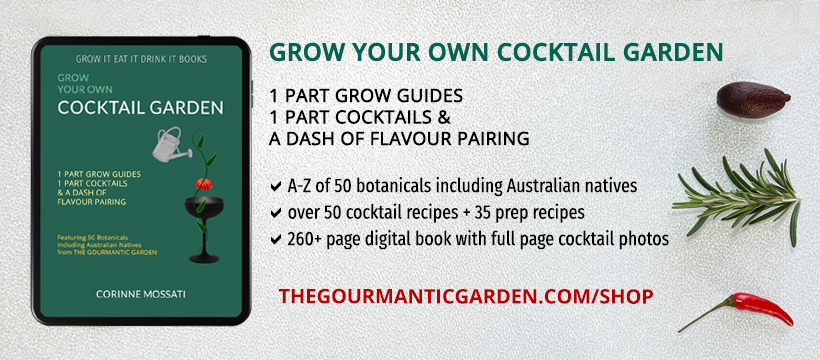Amaro di Angostura, named Tales of the Cocktail Spirited Awards’ Best New Spirit or Cocktail Ingredient in 2015 has launched in Australia with Global Ambassador Daniyel Jones.

Amaro means bitter in Italian and belongs to a category that is gaining popularity in bars and home bars. Amaro di Angostura hails from Trinidad and is produced by The House of Angostura which is renowned for making the most famous Angostura Bitters and the range of Angostura rums. You can read all about amaro here.
Like the bitters, the recipe for this amaro remains a secret. Speaking at the Australian launch in Sydney, Daniyel Jones, House of Angostura Brand Ambassador explained that the amaro is made from a neutral base spirit using the same molasses as the rum, infused with a blend of roots, barks and spices for three months with house-made caramel added.
Unlike many amari, Amaro di Angostura has a strong spice orientation rather than dominant herbal notes, and it is the only amaro to have Angostura bitters in it.
At 35% ABV, Amaro di Angostura has a deep amber colour and aromas reminiscent of the bitters with a spice bouquet, cinnamon, sweet caramel and chocolate. The palate explodes with a burst of spices mainly cinnamon, cardamom and clove, along with liquorice notes and citrus leading onto a balance of bittersweet and a chocolate finish.
The balance of spice and bittersweet notes give the amaro the versatility to be used in cocktails and not just as a digestive or with an espresso. When sipping neat, Daniyel Jones recommends it at room temperature for optimum flavour rather than over ice.
Enjoy it in a Trinicano, a take on the Americano with equal parts of Amaro di Angostura and sweet vermouth, topped with soda. In cocktails, it plays well in classic cocktails. Try it with Angostura bitters in the “Amora Amaro” cocktail with 45 ml Amaro di Angostura, 20 ml Angostura aromatic bitters, 30 ml Simple Syrup, 30 ml Lime Juice, shaken and double-strained into a pre-chilled coupe glass and garnished with fresh lime zest.
This article was originally published on September 8, 2016 on our sister website Gourmantic.

